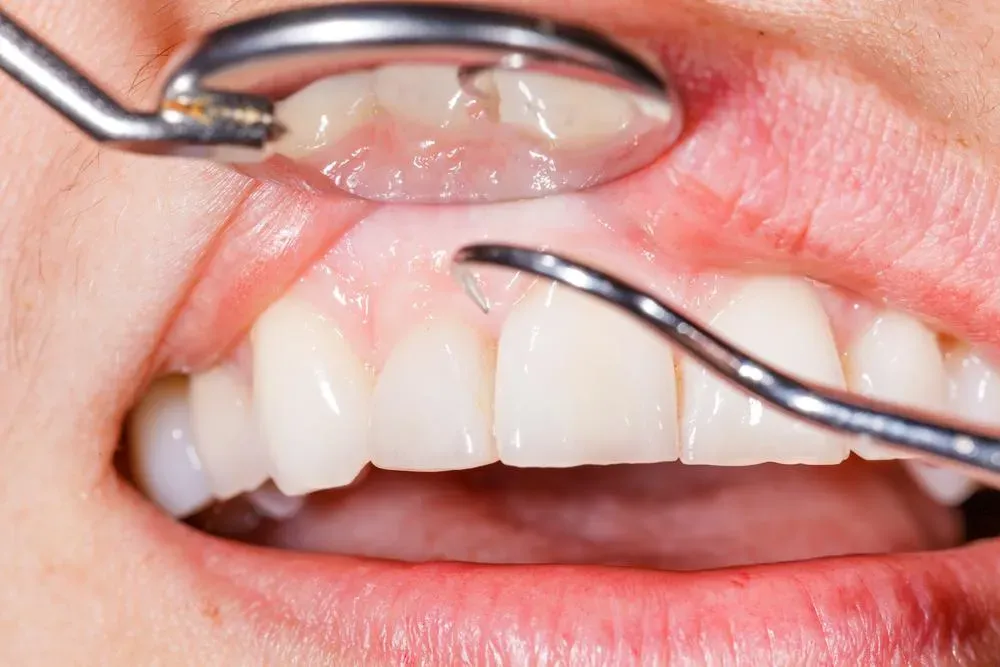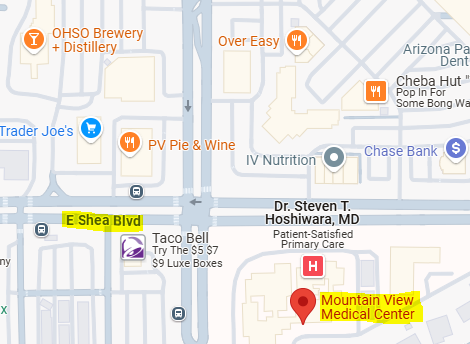PREVENT AND TREAT GUM DISEASE | DESERT DENTAL
HOW TO PREVENT AND TREAT GUM DISEASE
If, like many Americans, you have gum disease, you may be worried about how it will affect your teeth. Gum disease begins as gingivitis, which may only cause mild irritation or bleeding when brushing. However, if you fail to seek treatment and continue to neglect your teeth, gingivitis can turn into periodontitis, which causes more severe symptoms, including gum recession and bone loss.
Check out these ways you can prevent and/or treat gum disease.
Good Oral Hygiene Is the Best Prevention
Gum disease is common, but it is completely preventable with good oral hygiene, such as regular brushing and flossing. Good oral hygiene is also the first step in treating gum disease because it will help fight the infection.
Remember to get regular professional dental cleanings to remove any tartar. Ideally, you should also avoid sugary or acidic foods and beverages.
If you have diabetes, get your symptoms under control because diabetes can cause and worsen gum disease by restricting blood flow to the gums. Not only does this make it more likely for your gums to become infected, but it may prevent your body from fighting the infection (even with good oral hygiene).
Smoking can also restrict blood flow to the gums, so if you are a smoker or use tobacco products, you should stop.
Antibiotics Help Fight the Infection
Dentists often prescribe antibiotics if you have gingivitis or periodontitis because antibiotics kill bacteria, which cause the infection.
If you have gingivitis, your dentist may suggest an antibiotic mouth rinse. If your gingivitis is advancing, you may begin to notice gaps (pockets) forming between the teeth and gums, and these pockets collect and hide bacteria and plaque, so your dentist may apply antibiotics directly to the gums or in the pockets.
If you have periodontitis, your dentist may prefer to use sustained-release antibiotics in the pockets. These release medication slowly, fighting the infection longer. Oral antibiotics may also be recommended if your gums are severely infected.
Scaling and Root Planing Clean Below the Gum Line
If you do have pockets, you need a deep cleaning, also known as scaling and root planing. During this process, the dentist removes tartar and plaque from inside the pockets and below the gum line (scaling). Once the teeth are clean, the dentist smooths the area (root planing), which makes it harder for future plaque to get stuck.
This process can cause bleeding and discomfort, especially if your gums are sensitive from the infection. If you're worried or anxious about pain or the treatment, talk with your dentist about how to control the pain with a local anesthetic, sedation dentistry, etc.
Surgery May Be Necessary to Reverse Symptoms
Many symptoms of gingivitis are reversible, including small pockets; however, once you have periodontitis, surgical treatments may be needed to reverse the symptoms.
To treat large pockets quickly, the dentist may perform a gum flap surgery. During the procedure, the dentist removes the gum tissue to expose the roots of your teeth. They are cleaned and smoothed, and the gums are reattached, eliminating the pockets.
As gum disease advances, it causes tissue loss, including gum and bone loss. If you have thin gums, they expose teeth roots, but a gum graft uses tissue from the roof of your mouth to add to your gums. A bone graft is necessary if your jawbone has deteriorated from the infection. This graft re-strengthens your jaw, so it can better support teeth.
In the beginning, gum disease may be a mild annoyance, but as it advances, it can quickly ruin your smile, exposing tooth roots and causing tooth loss. Luckily, gum disease is preventable, and many treatments are available to reverse the side effects. For more information about gum disease and treatment options, contact us at Desert Dental today.









